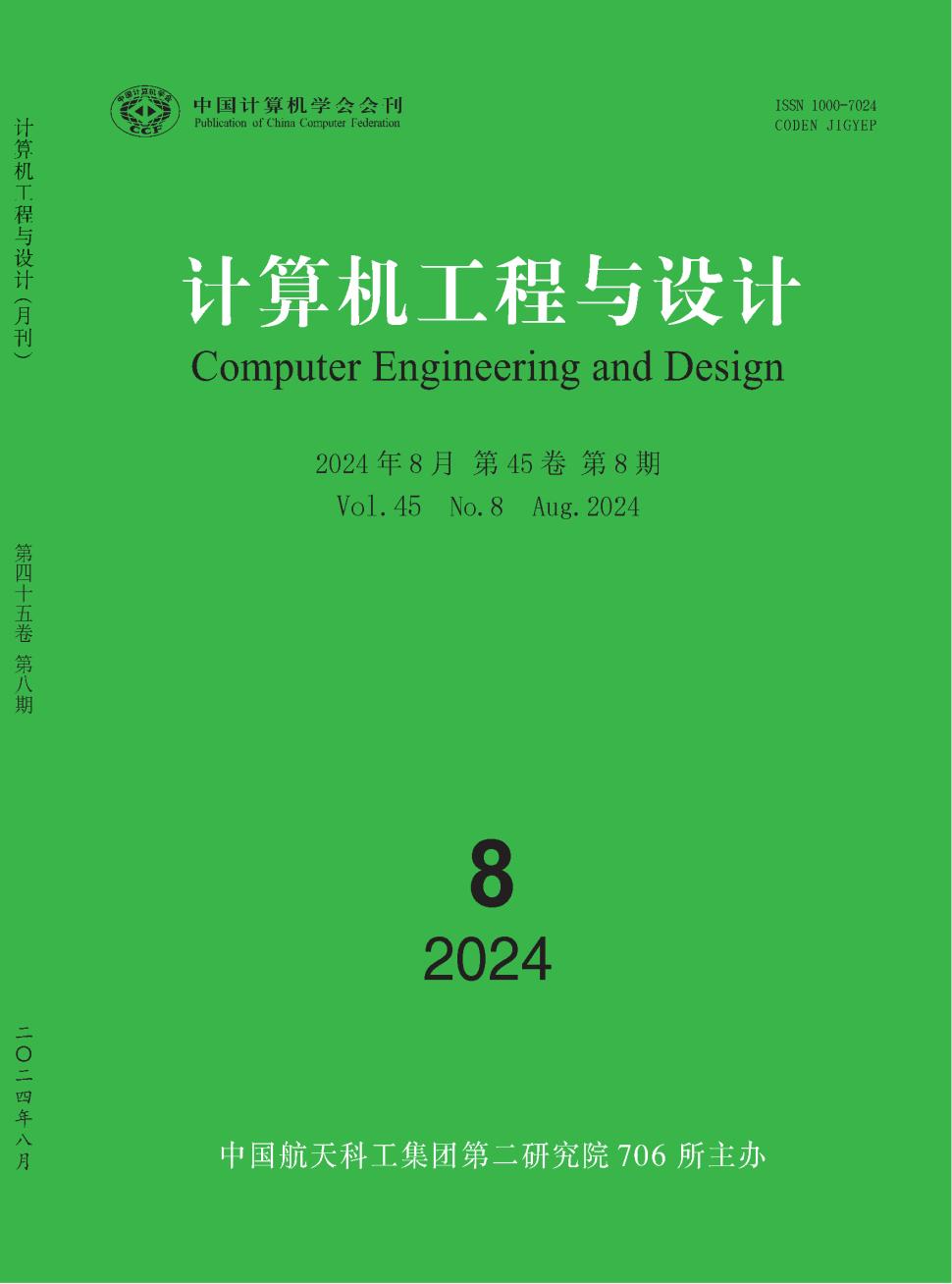Human Activity Recognition using Machine Learning Techniques
引用次数: 2
Abstract
Human activity recognition (HAR) and gait analysis are two study topics that are used to identify numerous daily activities, such as walking, running, and stair climbing, and how they are performed. The valid identification of any gait deviation, as an abnormality in the gait cycle, can help in the real-time monitoring of patients with neuromuscular and musculoskeletal causes, and eventually in the restoration of their normal gait function. The current study combines multiple data preprocessing approaches with supervised machine learning algorithms to provide a framework for recognizing diverse gait activities using data samples from the publicly accessible “HuGaDB” human gait database. The automated analysis method takes into account 3-dimensional (3D) signals derived from two types of inertial sensors: accelerometers and gyroscopes, as well as electromyography (EMG) devices placed on the right and left leg of 18 healthy human participants. The proposed tool achieves a classification accuracy of 80% and Fl-score of 79% with Random Forest emerging as the optimal gait patterns identification method.使用机器学习技术的人类活动识别
人类活动识别(HAR)和步态分析是两个研究主题,用于识别许多日常活动,如走路、跑步和爬楼梯,以及它们是如何进行的。步态偏差作为一种步态周期异常,有效识别步态偏差有助于对神经肌肉和肌肉骨骼病因患者进行实时监测,最终恢复其正常的步态功能。目前的研究将多种数据预处理方法与监督机器学习算法相结合,提供了一个框架,可以使用来自公开访问的“HuGaDB”人类步态数据库的数据样本来识别不同的步态活动。自动分析方法考虑了来自两种惯性传感器的三维(3D)信号:加速度计和陀螺仪,以及放置在18名健康人左右腿上的肌电图(EMG)设备。该工具的分类准确率为80%,Fl-score为79%,其中Random Forest成为最佳的步态模式识别方法。
本文章由计算机程序翻译,如有差异,请以英文原文为准。
求助全文
约1分钟内获得全文
求助全文
来源期刊
自引率
0.00%
发文量
20353
期刊介绍:
Computer Engineering and Design is supervised by China Aerospace Science and Industry Corporation and sponsored by the 706th Institute of the Second Academy of China Aerospace Science and Industry Corporation. It was founded in 1980. The purpose of the journal is to disseminate new technologies and promote academic exchanges. Since its inception, it has adhered to the principle of combining depth and breadth, theory and application, and focused on reporting cutting-edge and hot computer technologies. The journal accepts academic papers with innovative and independent academic insights, including papers on fund projects, award-winning research papers, outstanding papers at academic conferences, doctoral and master's theses, etc.

 求助内容:
求助内容: 应助结果提醒方式:
应助结果提醒方式:


